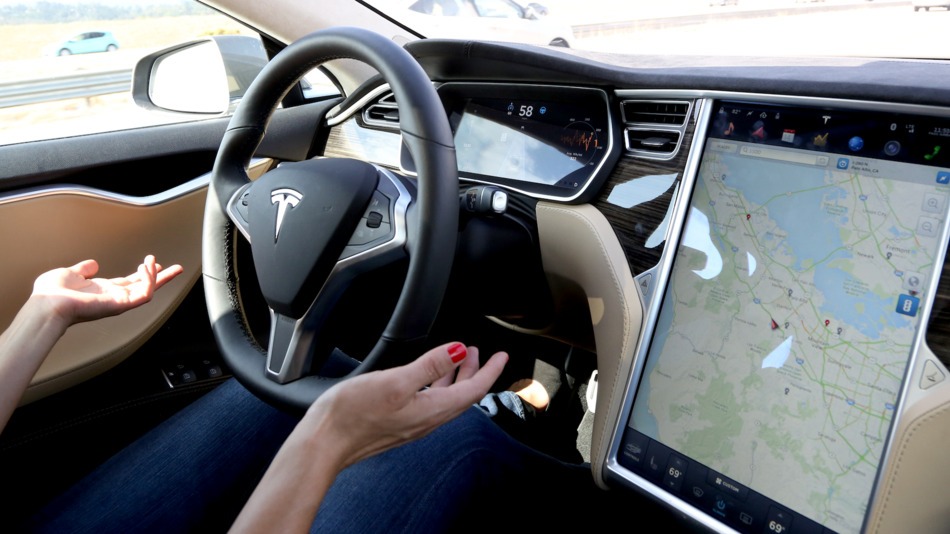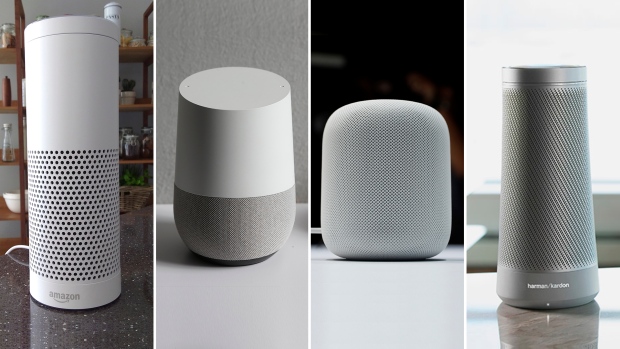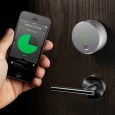The year of 2017 was great when it comes to innovation and new technology trends. There were plenty of good products that came out and started a butterfly effect that will lead to the creation of more similar ones, which in future may turn out crucial for the good or not.
In the following article, we’ll discuss the top trends that could possibly dominate the market in the following year. From what we’ve seen it’s actually kind of clear what will happen, at least to me, so I expect you to get my point, which is based mostly on fact that I’ve witnessed. There are three main aspects, that I found interesting and will certainly experience a huge improvement in 2018.
Self-driving vehicles
First of all, this year there have been a lot of autonomous driving advancements, partnerships made and announcements that will likely make a big impact on the auto market next year. One of the biggest improvements in how we look at vehicles is how Tesla planned and showed how a car could drive itself all the way from Los Angeles to New York. Tesla has already started manufacturing its new vehicles with hardware capable of full autonomy and has been slowly rolling out software updates to allow its vehicle to tap into the hardware.

Of course, Tesla’s not the only carmaker pursuing autonomous driving technology. Just last month, General Motors said that it had produced 130 fully autonomous cars on a regular vehicle production line. Like Tesla, GM will roll out the autonomous software as it’s ready, but the fact that two key automakers already have the hardware capabilities for driverless cars on the road this year means that we should see much more semi-autonomous technology inch toward full autonomy next year.
Augmented Reality
Since the creation of video games in early 1980’s they have been entertaining us until today. Computer graphics have become times more sophisticated and the way they are made makes them look really close to real-life. Now engineers and researchers are trying to combine both real-life and computer graphics in one. They literally pull graphics out of your computer’s screen or display and integrate them into real-world environments.
This way of seeing the world is called “augmented reality” and it brakes the barrier of real and virtual and enhances the way we see actual things. The difference between “Virtual Reality” and “Augmented Reality” is that the virtual creates spectacular and vast computer-generated environments, while the Augmented brings some additions to our current way of seeing what’s surrounding us, which appeals to me more! Scientists firmly believe that the development of this kind of “fake reality” is times more healthy and better for the human, than the effort to create a fully unknown to us “virtual” one.

With the help of this technology, the information about the surrounding real world of the user becomes interactive and digitally manipulable. Information about the environment and its objects is overlaid on the real world, without having to put you in an unknown confusing dimension. The electromagnetic radio waves put in exact alignment with where they actually are in space is combined with the information about the real world. One example is an AR Helmet for construction workers, which display information about the construction sites, or lots of other educational purposes. Augmented reality took a big transformation this year and I truly believe that in the next couple of months we’ll see a huge development in the use of this whole new point of view that we’re working on.
Voice-controlled smart speakers
Voice assistants aren’t new, and neither is the smart speaker. Amazon released the first Echo — with its Alexa virtual assistant — in late 2014. But a slew of new devices by Amazon, Apple, and Google mean that voice-enabled smart speakers and devices will be one of the biggest tech trends of next year.Amazon now offers seven Alexa-powered devices, and they can do everything from help you with your clothing style to make video calls to call an Uber. The company’s latest devices range from just $50 to $230, and the variety of Alexa-enabled devices has already allowed the company to currently take more than 70% of the voice-enabled speaker market.

Not to be outdone, Google recently released two new smart home speakers — the Google Home Mini and Google Home Max, which means the company now has three competitive smart home speakers ranging from $49 to $399. The original Google Home smart speaker allows users to make search queries and sync other smart devices together, and the new, small Google Home Mini does the same but in a smaller size and at a cheaper price. Meanwhile, the Home Max adds superior sound quality thanks to a much larger speaker. Google currently holds about 24% of the voice-enabled speaker marker right now and is hoping to expand that with its new Home devices lineup. Meanwhile, the HomePod started shipping this month and Apple got into the smart-speaker arena as quickly as expected. This kind of rivalry and competitiveness means nothing but sure development in near future.




